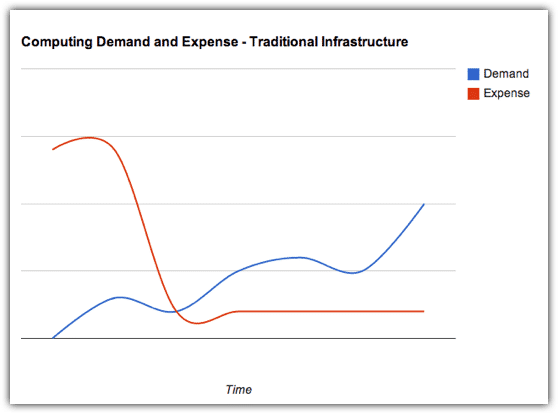When a Toyota industrial engineer named Taiichi Ohno was investigating ways to optimise production material stocks in 1953, it struck him that supermarkets already had the key. Their customers purchased food and groceries on a just-in-time basis, because they trusted continuity of supply. This enabled stores to predict demand, and ensure their suppliers kept the shelves full.
The Kanban system that Taiichi Ohno implemented included a labelling system. His Kanban tickets recorded details of the factory order, the delivery destination, and the process intended for the materials. Since then, Ohno?s system has helped in many other applications, especially where customer demand may be unpredictable.
Optimising Workflow in Call Centres
Optimising workflow in call centres involves aiming to have an agent pick up an incoming call within a few rings and deal with it effectively. Were this to be the case we would truly have a just-in-time business, in which operators arrived and left their stations according to customer demand. For this to be possible, we would need to standardise performance across the call centre team. Moving optimistically in that direction we would should do these three things:
- Make our call centre operation nimble
- Reduce the average time to handle calls
- Decide an average time to answer callers
When we have done that, we are in a position to apply these norms to fluctuating call frequencies, and introduce ?kanbanned? call centre operators.
Making Call Centre Operations Nimble
The best place to start is to ask the operators and support staff what they think. Back in the 1960?s Robert Townsend of Avis Cars famously said, ?ask the people ? they know where the wheels are squeaking? and that is as true as ever.
- Begin by asking technical support about downtime frequencies, duration, and causes. Given the cost of labour and frustrated callers, we should have the fastest and most reliable telecoms and computer equipment we can find.
- Then invest in training and retraining operators, and making sure the pop-up screens are valuable, valid, and useful. They cannot do their job without this information, and it must be at least as tech-savvy as their average callers are.
- Finally, spruce up the call centre with more than a lick of paint to awaken a sense of enthusiasm and pride. Find time for occasional team builds and fun during breaks. Tele-operators have a difficult job. Make theirs fun!
Reducing Average Time to Handle Calls
Average length of contact is probably our most important metric. We should beware of shortening this at the cost of quality of interaction. To calculate it, use this formula:
Total Work Time + Total Hold Time + Total Post Call Time
Divided By
Total Calls Handled in that Period
Share recordings of great calls that highlight how your best operators work. Encourage role-play during training sessions so people learn by doing. Publish your average call-handling time statistics. Encourage individual operators to track how they are doing against these numbers. Make sure your customer information is up to date. While they must confirm core data, limit this so your operators can get down to their job sooner.
Decide a Target Time to Answer Calls
You should know what is possible in a matter of a few weeks. Do not attempt to go too tight on this one. It is better to build in say 10% slack that you can always trim in future. Once you have decided this, you can implement your Kanban system.
Introducing Kanban in Your Call Centre Operation
Monitor your rate of incoming calls through your contact centre, and adjust your operator-demand metric on an ongoing basis. Use this to calculate your over / under demand factor. Every operator should know the value on this Kanban ticket. It will tell them whether to speed up a little, or slow down a bit so they deliver the effort the call rate demands. It will also advise the supervisor when to call up reserves.
Contact Us
- (+353)(0)1-443-3807 – IRL
- (+44)(0)20-7193-9751 – UK

